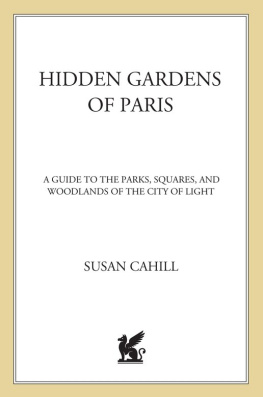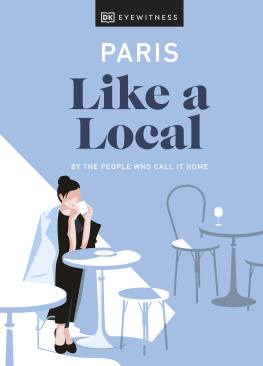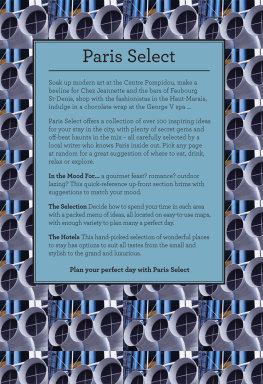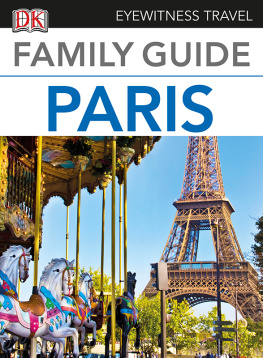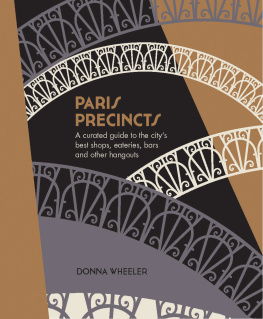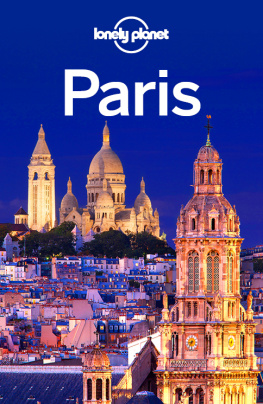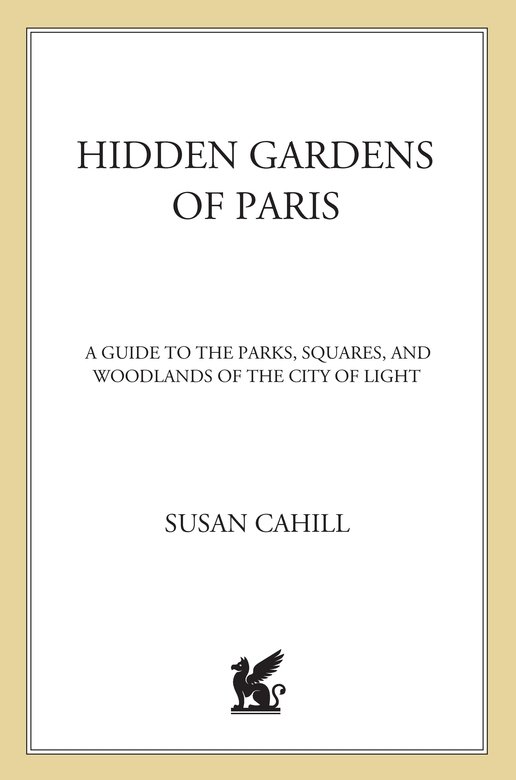Susan Cahill - Hidden Gardens of Paris: A Guide to the Parks, Squares, and Woodlands of the City of Light
Here you can read online Susan Cahill - Hidden Gardens of Paris: A Guide to the Parks, Squares, and Woodlands of the City of Light full text of the book (entire story) in english for free. Download pdf and epub, get meaning, cover and reviews about this ebook. year: 2012, publisher: St. Martins Publishing Group, genre: Detective and thriller. Description of the work, (preface) as well as reviews are available. Best literature library LitArk.com created for fans of good reading and offers a wide selection of genres:
Romance novel
Science fiction
Adventure
Detective
Science
History
Home and family
Prose
Art
Politics
Computer
Non-fiction
Religion
Business
Children
Humor
Choose a favorite category and find really read worthwhile books. Enjoy immersion in the world of imagination, feel the emotions of the characters or learn something new for yourself, make an fascinating discovery.
- Book:Hidden Gardens of Paris: A Guide to the Parks, Squares, and Woodlands of the City of Light
- Author:
- Publisher:St. Martins Publishing Group
- Genre:
- Year:2012
- Rating:3 / 5
- Favourites:Add to favourites
- Your mark:
Hidden Gardens of Paris: A Guide to the Parks, Squares, and Woodlands of the City of Light: summary, description and annotation
We offer to read an annotation, description, summary or preface (depends on what the author of the book "Hidden Gardens of Paris: A Guide to the Parks, Squares, and Woodlands of the City of Light" wrote himself). If you haven't found the necessary information about the book — write in the comments, we will try to find it.
For the seasoned Parisian traveller or the novice looking to get off the beaten track Cahill provides a roadmap to parts of the city most visitors will never see
In a city that is the destination of millions of travelers every year, it can be difficult to find your way to its lovely, serene spaces. Away from the madding crowds, the gardens of Paris offer the balm of flowers, tall old trees, fountains, ponds, sculptures, with quiet Parisians reading Le Monde, taking the sun, relishing the peace.
These places are often tucked away, off the beaten tourist track, and without a guide theyre easy to miss: The Jardin de lAtlantique, out of sight on the roof of Gare Montparnasse. The enchanting Jardin de la Valle Suisse, invisible from the street, accessible only if you know how to find the path. The Square Boucicaut, its childrens carousel hidden inside a grove of oak and maples. Square Batignolles, the shade of the old chestnut trees an inspiration to the painter douard Manet and poet Paul Verlaine.
Hidden Gardens of Paris features 40 such oases in quartiers both posh and plain, as well as dozens of others Nearby to the featured green space. It is arranged according to the geographic sections of the cityle de la Cit, Left Bank, Right Bank, Western Paris, Eastern Parisa lively and informative guide that focuses on each place as a site of passionate cultural memory.
Susan Cahill: author's other books
Who wrote Hidden Gardens of Paris: A Guide to the Parks, Squares, and Woodlands of the City of Light? Find out the surname, the name of the author of the book and a list of all author's works by series.

